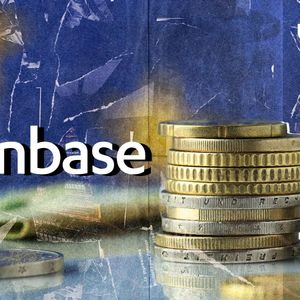A growing number of public companies are evolving into crypto-focused treasury vehicles, leveraging capital markets to accumulate digital assets like Bitcoin (BTC), Ethereum (ETH), Solana (SOL), and XRP. This trend has sparked comparisons to earlier financial innovations such as leveraged buyouts and exchange-traded funds, with billions of dollars now flowing into corporate crypto reserves. While some analysts warn of bubble-like dynamics, others suggest the risks are fundamentally different from those seen during previous crypto cycles. Peter Chung, Head of Research at Presto, argues that although the risks are present, the current surge in crypto treasury adoption is more sophisticated than the rapid collapses seen in 2022, such as the fall of Three Arrows Capital or the Terra ecosystem. Collateralization and Liquidation: More Controlled Than Before In a new report , Chung outlines the structure, incentives, and capital strategies these companies use, comparing them to financial engineering seen in traditional markets. According to Chung, these corporate treasuries aim to enhance shareholder value using funding mechanisms tailored to their maturity and investor base, without necessarily resorting to the high-leverage models of past cycles. One of the primary concerns raised by critics is the risk of forced liquidations, especially in a market downturn. But Chung emphasizes that most crypto treasury firms today avoid pledging their digital assets as loan collateral. Of the $44 billion in capital raised or pending among a sample of 12 firms, only a third is debt-financed, and nearly 90% of that debt is unsecured. This reduces the likelihood of systemic selling pressure from margin calls if prices fall. Nevertheless, Chung notes that companies may still liquidate assets in emergency scenarios if they lack alternate sources of liquidity. Another risk involves activist investors pressuring firms to liquidate assets if shares trade at a steep discount to net asset value (NAV). However, Chung explains that activists usually opt for less drastic tactics like buybacks or sentiment campaigns, with liquidation reserved as a last measure. This makes NAV-driven liquidations less likely to trigger market-wide disruption in early-stage treasury firms. Premiums, Valuations, and the Path Forward Comparisons have also emerged between crypto treasury firms and Grayscale’s GBTC product during the 2021 bull market, when a steep premium was seen as a sign of speculative excess. But Chung cautions against making direct comparisons, citing the limited data and different structural incentives. Crypto treasury companies have more tools to adjust their capital structures and can grow assets per share over time, which may justify a premium . The corporate crypto treasury model has been embraced by a diverse group of firms , including Twenty One, Nakamoto, GameStop, and Trump Media. They follow the lead of MicroStrategy, whose co-founder Michael Saylor has openly advocated for aggressive Bitcoin accumulation through public capital markets. Saylor claims the firm could withstand a 90% Bitcoin drop over several years due to its financing model. While proof-of-work assets like Bitcoin dominate these strategies, Chung notes that proof-of-stake assets could also gain traction. With staking rewards, such tokens offer an income stream that might support valuation growth. However, effective treasury management remains crucial. Poor planning, excessive leverage, or liquidity missteps could expose firms to downside risks, not unlike the vulnerabilities faced by retail investors during past market swings. Featured image created by DALL-E, Chart from TradingView



















